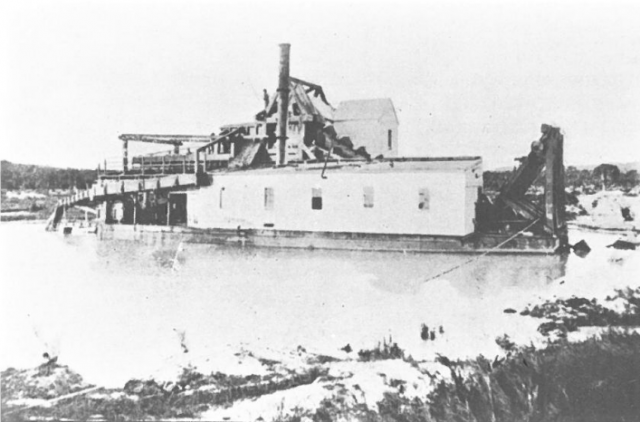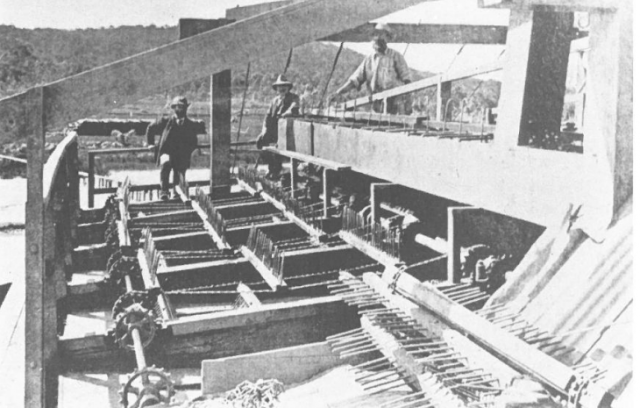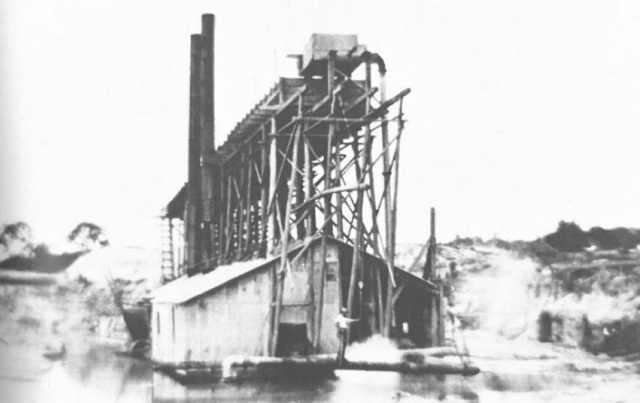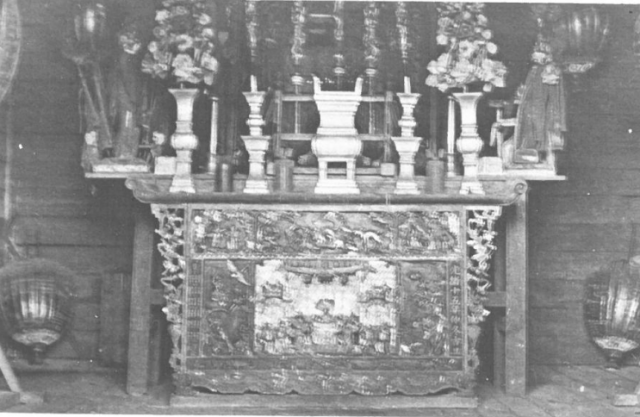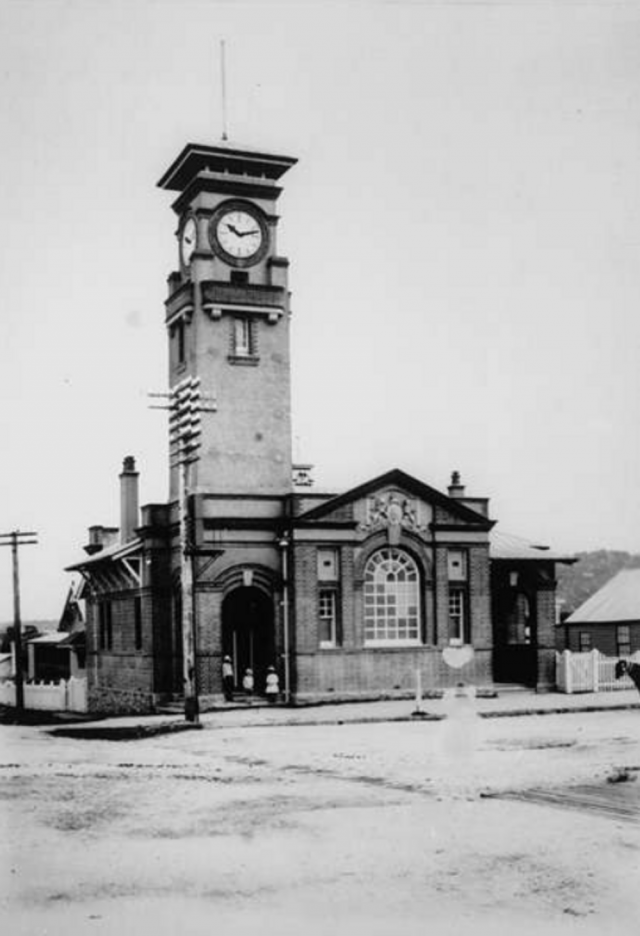
The following is an excerpt from ‘They Came to the Plateau’ by Jean Harslett and Meryn Royle.
Black Gold
Secondary industry appeared in the form of smelting works.
Smelting is the extraction of metal from its ore by a process involving heating and melting.
As early as March 1872 a meeting was called at the Warwick Court House and a smelting company projected for Warwick.
So soon Stanthorpe’s fame was hitting them har, and it was said that something must be urgently done, if Warwick was not just to become a “passing place” or “refreshment station”.
Early August saw the opening of Horace Ransome and Mr Jas McClay’s Stanthorpe Smelting Works centrally situated.
This rather tall building was later dubbed “The Carnarvon Castle”.
Ransome was prepared to accept parcels of tin of not less than two tons.
Provision of suitable potter’s clay to line furnaces and withstand heat created problems.
Clay bricks from Brisbane and Ipswich were not hard enough.
Potter’s clay of the best quality was located at the head of Kettle Swamp, but in 1875 both companies were in trouble with furnaces.
Mr Duncan took the initiative and in 1875 investigated the already long known graphite mines at Undercliffe.
He procured samples, bought the mine, sent some graphite to England which realised 13 pounds per ton, but most important refurnished the furnance bottoms with graphite and was able to announce a month later, “smelters commence work today in new graphite furnaces, with a parcel of 20 tons of tin from Mr Dyson Aplin’s excellent mine on the Severn River.
Mr Stirling on the opposite side of the river also had good tin ready for treatment.”

